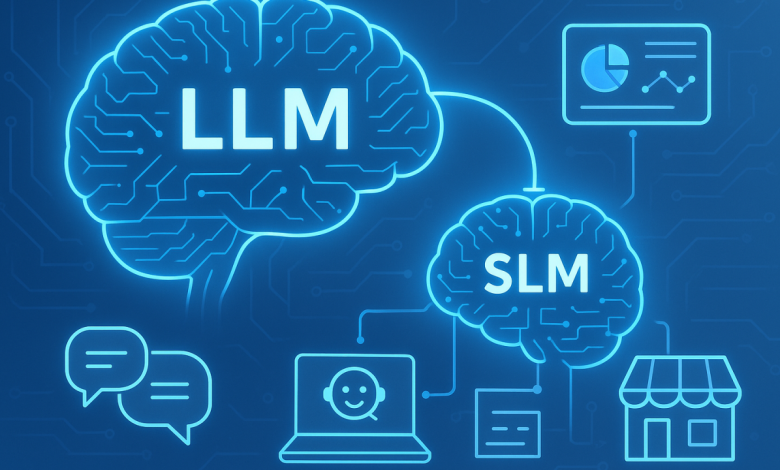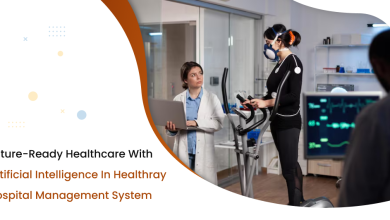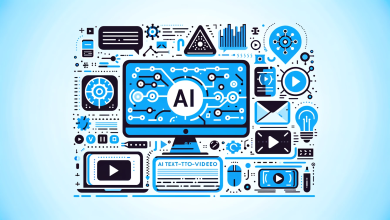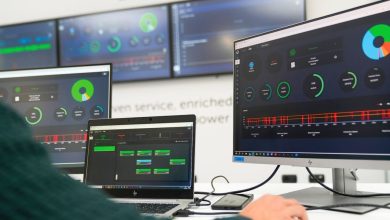
Every day, businesses handle countless tasks, from approving invoices to managing customer requests. But not all work flows smoothly. Some tasks get delayed, repeated, or lost in the system. Understanding how work really happens is the first step to fixing it. This is where workflow intelligence comes in. It helps businesses see the real path of tasks and make smarter decisions. Tools like process mining and AI models, such as SLM vs LLM, are changing the way work gets done. They help companies not just track work but also improve it, predict problems, and act faster.
What is process mining?
Process mining is a technology that metaphorically walks through the tracks of the office, showing the flow of work, delays, and mistakes. The essence of process mining is that it visualizes work in a system at a very detailed level and pinpoints delays and errors.
The major difference of process mining from conventional techniques is that it refutes guesstimates and reporting by going straight to the source with data from business systems. Thus, it may reveal incessant plays, slower approvals, bottlenecks, etc. For example, a corporation might discover that complaints of customers are usually delayed because they have to go through several departments unnecessarily. With process mining, managers can see the reality and make intelligent decisions.
To put it briefly, process mining is at the core of the three questions: Which processes are inefficient? Where do inaccuracies occur? How can processes be accelerated and streamlined?
SLM vs LLM: Understanding the AI Models
Once the AI learns the workflow, it can use the information to come up with the best decision it can. After that point, the functioning of SLM and LLM diverges.
SLM, or Small Language Model, is a limited-form AI with a tightly focused training specific to the main goal. As a single worker in a multifaceted system who is capable of doing a particular job well, imagine it this way. A good example is an SLM, which could perform the task of invoice checking automatically as it promptly finds errors or missing details. In short, for a set of problems, it’s precise and fast, but for a more difficult and wider range of problems, it may fail.
LLM, or Large Language Model, is a versatile expert that can do various things, such as language understanding, answering, summarizing, suggesting, etc. LLMs, or Large Language Models have several advantages such as being bigger, more flexible, and easier to adjust to new contexts as compared to SLMs. Capitalizing on one of SLM’s or LLM’s features is largely a question of necessity. In cases of narrow and repetitive tasks, an SLM can successfully carry out the job. In the scenario of complex workflows with numerous variables, an LLM can accomplish the task more effectively by providing insights and recommendations at a deeper level.
How Process Mining and AI Work Together
Process mining and AI are powerful tools by themselves. When they are combined, they do not just change a company’s way of working, but they can literally transform the whole process. Process mining is a tool that depicts reality, whereas AI models have the power to foresee the results and to suggest the next steps.
Let us take a loan application at a bank as an example. Through process mining, the bank can identify the stages at which the workflow is slow due to the delay of the tasks. On the other hand, an SLM can rapidly certify that the standard documents are in place, while an LLM can be a precursor to identifying which applications might have missing or incorrect information. Hence, they not only minimise mistakes but also accelerate the issuance of approvals and increase the productivity of the employees.
The impact of this technology mix on a firm is that it can shift the organization’s mindset from that of problem-solving to problem-prevention. Hence, workflow intelligence is not only descriptive but also proactive.
Real-Life Applications
Industries that have adopted these technologies start reaping the fruits of their investment:
- Finance: Process mining keeps records of loan approvals, fraud checks, and transactions. Automated systems conduct document checks, while AI systems digest reports or detect abnormal patterns.
- Healthcare: Hospitals understand bottlenecks in patient flows. Automation handles routine data input, while AI foresees patient needs or generates medical histories.
- Manufacturing: Industries trace the production phases in detail. Automation keeps an eye on the machines, while AI predicts delays or shortages.
These use cases demonstrate that the capability of process mining supplemented by AI models is far beyond just a theoretical concept; it is a powerful vehicle for realizing efficiency and better decision-making.
Benefits of Workflow Intelligence
When process mining and AI are combined, it is like a win-win situation for both of them.
- Efficiency: They assist in the removal of not just the delays but also the unnecessary steps from the processes.
- Accuracy: Automation of tasks leads to a reduction in human errors.
- Predictive Power: Know their way to the problems before causing them.
- Better Decisions: Management decisions get support from the insights that become more explicit.
- Cost Savings: Sooner and more intelligently, tasks are accomplished, leading to money and time savings.
Workflow intelligence entails a leap from the current mode of operation to one that is smarter but at the same time does not compromise speed. The employees shall be able to carry out the tasks that have value; in the meantime, the routine activities and the insightful outputs will be handled by AI.
Challenges to Keep in Mind
While there are benefits, challenges also exist. One of process mining’s requirements is that it is supported by proper data. In case the data is of poor quality, the insights may be deceiving. SLMs and LLMs also need to be trained well and supervised continuously. SLMs may not work properly if a task changes slightly, and LLMs may provide incorrect suggestions if they do not have the proper context.
Security should not be overlooked. AI models process sensitive information, and thus, data protection is a must-have for companies. Besides that, change management is equally important. Employees should not only know about these tools but also perceive them as aids rather than replacements. The most effective way of working is the collaboration of humans with AI.
The Future of Workflow Intelligence
Indeed, workflow intelligence will become more powerful with time. AI models will be able to complete more tasks, and process mining will always have an overview of work taking place in different departments throughout the company.
The use of hybrid approaches involving SLM and LLM will be the norm rather than the exception. Small, task-specific models will be in charge of routine work, while large, flexible models will be used for making complex decisions. AI will no longer be a tool that is used for reaction, but rather one that is used for prediction and prevention of problems.
These tools will help corporations to operate at a higher pace and be more efficient and dependable. A repetitive task will be handled by AI, thereby freeing the employee for more rewarding work. The managers will be prompted, and the customers will benefit from good service.
Conclusion
Workflow intelligence is the next big thing in business. The first step is to realise the actual workflows through process mining and then the use of AI tools such as SLM and LLM to save time, reduce errors, and make smarter decisions.
Process mining sheds light, SLMs take care of certain tasks, and LLMs provide a wider view. Individually, they are weak; together, they form powerful, efficient, reliable, and adaptable workflows.
After 2025, the businesses that decide to use these tools are the ones that will be leading the pack. Workflow intelligence is not simply the next big thing; it is a must-have for success. Those companies that come up with the best combination of process mining and AI will not only be working faster but also be making better decisions and will be able to stay ahead in a world that is rapidly changing.






